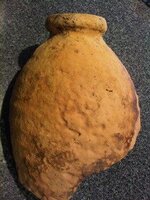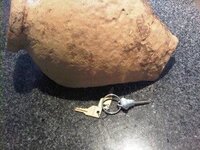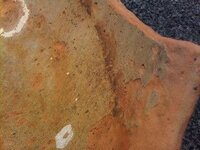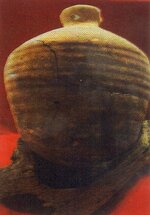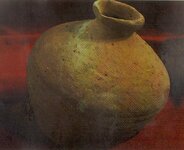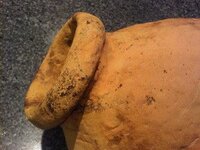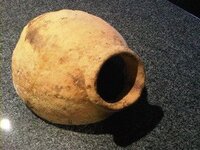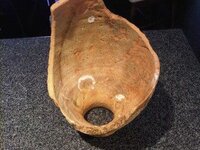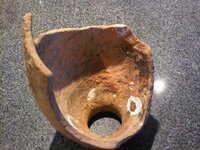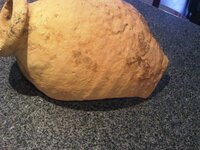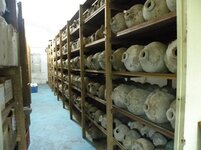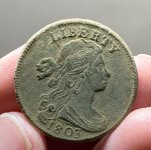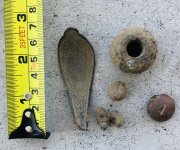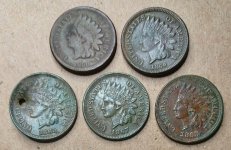Zodiacdiverdave
Silver Member
- Mar 18, 2011
- 2,765
- 1,371
- Detector(s) used
- XP Deus, AT Pro, Sea Hunter II, JW Fisher Proton Magnatometer, Shovel, Hammer and chisel
- Primary Interest:
- All Treasure Hunting
Any experts care to give an opinion on whether this pottery shard is from an olive jar or Indian artifact. One of my buddies pulled this from the Halifax Harbour last weekend.
ZDD
ZDD


